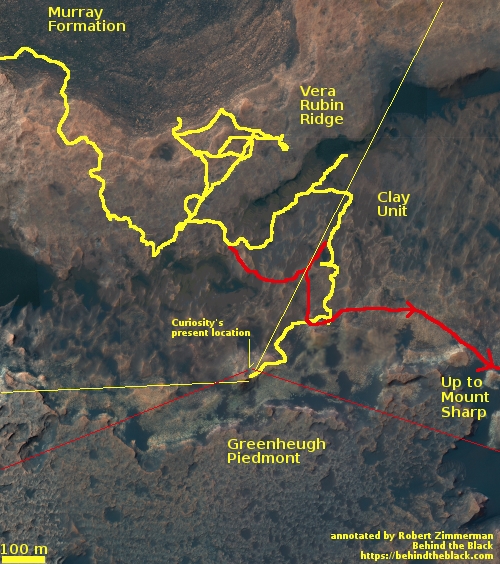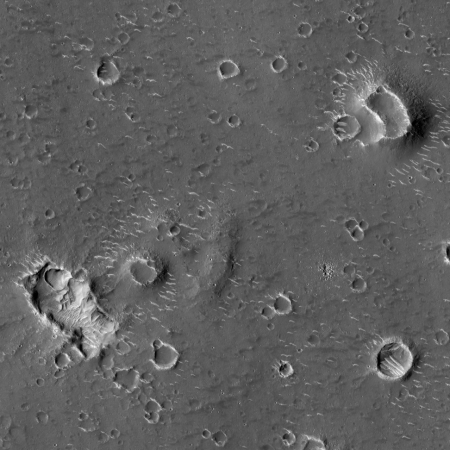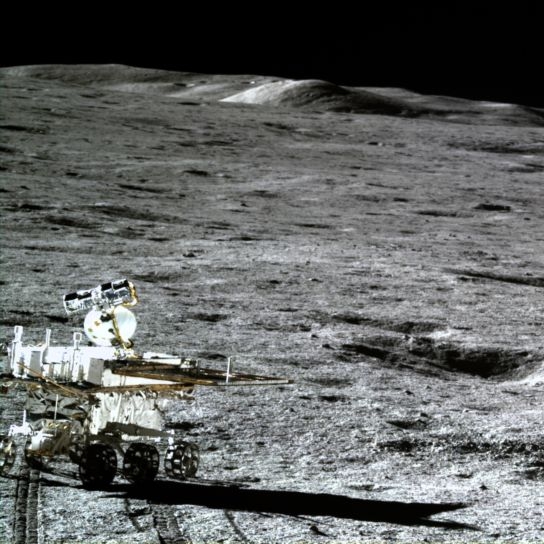First head of Space Force to be officially sworn in
First head of Space Force, General John Raymond of the Air Force, will be officially sworn in today at the White House.
Raymond assumed the duties of the first head of the Space Force on December 20, 2019, when U.S. President Donald Trump signed into law the National Defense Authorization Act that officially launched the new force. “The Space Force will help us deter aggression and control the ultimate high ground,” Trump said at the NDAA signing last month. Officials say the Space Force will organize, train and equip military personnel who primarily focus on space operations.
Raymond was named commander of the new United States Space Command upon its creation in August of last year. That command, which sought to better organize the U.S. military’s space assets and operations, is being phased out as personnel are transferred to the Space Force.
Not surprisingly, a twitter mob immediately formed to protest the fact that a bible, officially blessed by religious leaders at the Washington National Cathedral, will be used during the swearing in. I especially like the over-the-top outrage expressed by the childish leader of this twitter mob:
Mikey Weinstein, president and founder of the Military Religious Freedom Foundation, said Sunday’s ceremony displayed overtones of “Christian privilege” within the Defense Department. “The MRFF condemns, in as full-throated a manner as is humanly possible, the shocking and repulsive display of only the most vile, exclusivist, fundamentalist Christian supremacy, dominance, triumphalism and exceptionalism which occurred at yesterday’s ‘blessing’ at the Washington National Cathedral,” he told Military.com on Monday.
My response to Mikey-boy: You are a very bigoted, very anti-Christian, and a very hateful person. You should get a life.
Meanwhile, back in the real world, it remains to be seen whether the establishment of a separate organization for handling the space-related military needs of the U.S. will do more harm than good. The idea makes sense, as the military for the past two decades has had a problem giving priority to space matters because of in-house turf wars between the various military branches, and thus the U.S. effort has stagnated somewhat.
The track record of Washington in the past half century when such things are attempted however is not good. Instead of getting more focused and accomplishing more, Washington has instead consistently grown a bloated bureaucracy that actually gets less done for more money. And in this case, it appears that might be what will happen here, as the giant budgets for the Space Force put forth by the Pentagon have suggested they are aiming to use it to build new empires rather than streamline and focus operations.
First head of Space Force, General John Raymond of the Air Force, will be officially sworn in today at the White House.
Raymond assumed the duties of the first head of the Space Force on December 20, 2019, when U.S. President Donald Trump signed into law the National Defense Authorization Act that officially launched the new force. “The Space Force will help us deter aggression and control the ultimate high ground,” Trump said at the NDAA signing last month. Officials say the Space Force will organize, train and equip military personnel who primarily focus on space operations.
Raymond was named commander of the new United States Space Command upon its creation in August of last year. That command, which sought to better organize the U.S. military’s space assets and operations, is being phased out as personnel are transferred to the Space Force.
Not surprisingly, a twitter mob immediately formed to protest the fact that a bible, officially blessed by religious leaders at the Washington National Cathedral, will be used during the swearing in. I especially like the over-the-top outrage expressed by the childish leader of this twitter mob:
Mikey Weinstein, president and founder of the Military Religious Freedom Foundation, said Sunday’s ceremony displayed overtones of “Christian privilege” within the Defense Department. “The MRFF condemns, in as full-throated a manner as is humanly possible, the shocking and repulsive display of only the most vile, exclusivist, fundamentalist Christian supremacy, dominance, triumphalism and exceptionalism which occurred at yesterday’s ‘blessing’ at the Washington National Cathedral,” he told Military.com on Monday.
My response to Mikey-boy: You are a very bigoted, very anti-Christian, and a very hateful person. You should get a life.
Meanwhile, back in the real world, it remains to be seen whether the establishment of a separate organization for handling the space-related military needs of the U.S. will do more harm than good. The idea makes sense, as the military for the past two decades has had a problem giving priority to space matters because of in-house turf wars between the various military branches, and thus the U.S. effort has stagnated somewhat.
The track record of Washington in the past half century when such things are attempted however is not good. Instead of getting more focused and accomplishing more, Washington has instead consistently grown a bloated bureaucracy that actually gets less done for more money. And in this case, it appears that might be what will happen here, as the giant budgets for the Space Force put forth by the Pentagon have suggested they are aiming to use it to build new empires rather than streamline and focus operations.







